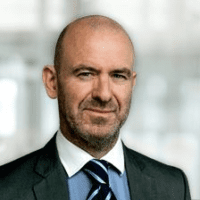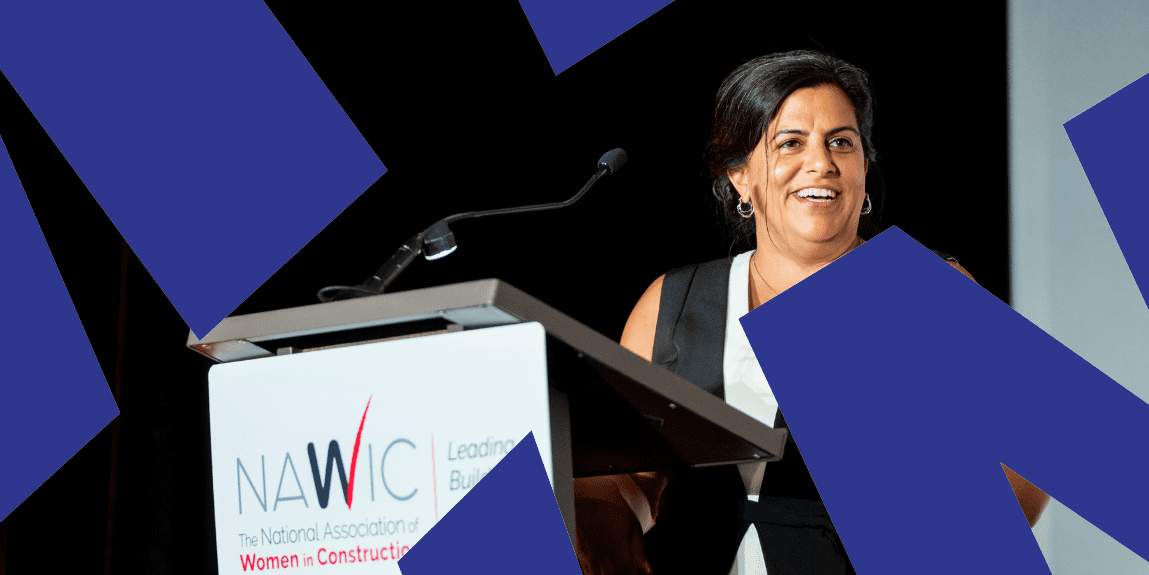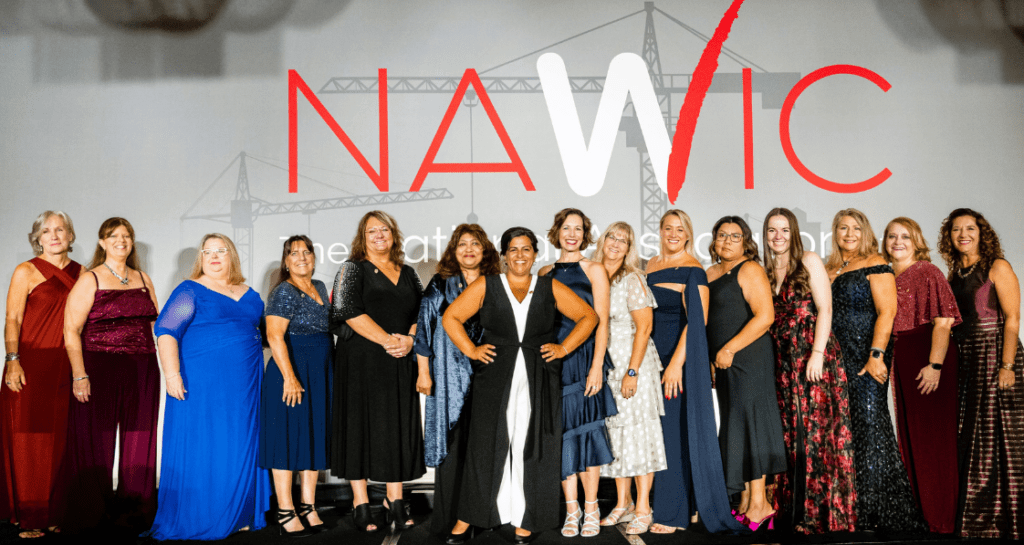

There’s an energy about Kelly Aust that becomes evident almost from the moment she starts talking. She quickly labels herself as ‘the outdoorsy type’ and in that light, it’s probably no surprise to learn that she once thrived on the rugby field, charging through the mud, driving her team towards victory.
If you’re not familiar with rugby, terms like ‘maul’, ‘scrum’, ‘ruck’ and ‘tackle’ might give you a flavor of what the game is all about. Unlike football, rugby offers little in the way of protective gear to ward off physically imposing opponents, yet Aust loved it.
“We were playing a game called powder puff flag football at college and a friend got thrown out for being too aggressive,” she says. “We went off and started a rugby team. Before we knew it, we had club status.
“There’s aggression on the rugby pitch of course and sometimes you have to get your hands dirty,” says Aust. “But what I loved was how we came together as a team — 15 players pushing toward a shared goal leaving it all out on the field. That ethos has shaped my approach to work ever since.
“I like to win and in just the same way as scoring a try (editor’s note: a try is the equivalent of a goal or a touchdown), I want to create an amazing building, build great communities and put that mission at the heart of everything I do.”
That same drive has carried Aust through her career — not only as a project manager at Skanska’s North American business, based out of Oregon, but also as president of the National Association of Women in Construction (NAWIC).
“I want to create an amazing building, build great communities and put that mission at the heart of everything I do.”
“I love construction because it’s team based, it’s project oriented, and you get in there to create a culture that works,” she says. “You have people from different companies, trades and experience levels coming together with a common purpose — overcoming challenges and building something that didn’t exist before.
For Aust, safety isn’t just about wearing the right gear or following protocols — it’s about fostering a culture where people look out for each other, creating an environment that supports mental wellbeing.
“If you create a positive culture, it doesn’t just prevent physical injuries. It also ensures people go home psychologically safe,” says Aust. “No one should leave work feeling torn down or bullied.”
That means calling out unsafe practices — even when it’s uncomfortable.

“You have to create a culture where unsafe practices are unacceptable,” Aust says. “It might feel awkward to speak up, but if someone isn’t wearing the right protection, do you just walk by to avoid a tough conversation? I wouldn’t. Every single person who comes on the jobsite deserves to go home safe, happy and healthy.”
She extends the same mindset to workplace harassment and violence. “If something doesn’t look right, you call it out. It’s that simple.”
Aust rejects the notion that men inherently take more risks on the jobsite than women.
“I have worked with countless men with an excellent safety mentality,” she says. “If safety is sacrificed for schedule, it usually reflects a broken culture, not a personal flaw. Men have historically been put in these roles where the bottom line is valued over people.
“if someone isn’t wearing the right protection, would I just walk by because I didn’t want to have a tough conversation?”
“The problem lies with the system, not the individual.”
That’s why Aust believes that getting more women into the industry will help shift the culture for everyone. “When we diversify our workforce, we strengthen our industry,” she says, echoing the work she does as NAWIC president. “The more perspectives we bring in, the more we normalize prioritizing people over deadlines.”
That same mindset of removing risk and prioritizing people extends into Aust’s view on inclusivity through the lens of workforce sustainability.
“Those aren’t just trends — they’re fundamental to our industry’s survival,” says Aust. “A lot has been said about merit-based hiring, but here’s the thing: Inclusivity is merit-based. It’s about removing unnecessary barriers that keep talented people out.”
“Inclusivity by its very nature is merit-based as it is about removing bottlenecks or artificial hurdles that keep people out.”
For Aust, addressing labor shortages and fostering inclusion go hand in hand.
“The industry is facing a workforce crisis. We need to rethink recruitment and retention,” she says. “It’s not enough to bring in apprentices if they don’t stay because the culture hasn’t evolved to include them.”
Tracking real metrics – hiring rates, promotions, leadership development – is, to her, just as important as tracking profitability.
“A company will track its bottom line, schedule performance and safety statistics relentlessly,” she says. “Why should inclusivity be treated any differently?”
And Aust is proud of the work that Skanska is doing on that front.
“I’m proud to work for a company that delivers on its values,” she says. “If your actions don’t back up your words, you’re just paying lip service.
“And if you’re not leaving everything out there on the field like I did in my rugby days, you’re not truly committed to building the kind of culture this industry needs,” she adds.
Never miss an insight. We’ll email you when new articles are published on this topic.

